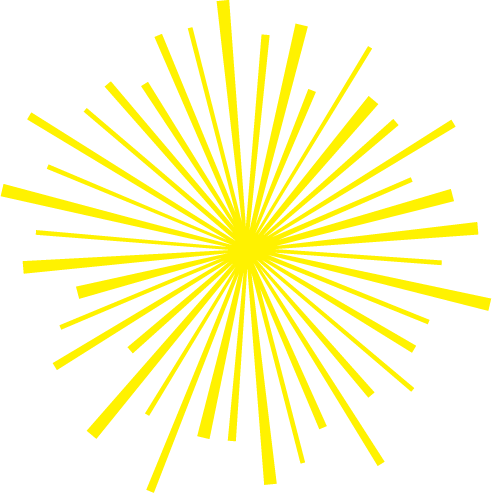PERMANENT COLLECTION
PERCIVAL M. RITCHIE
NATIONALITY: Canadian
DATES: 1917-2004
ABOUT THE ARTIST
Percival Ritchie (nee MacKenzie) was born on July 9, 1917 at Pointe-au-Pic in Quebec’s Charlevoix region when the family was on vacation. At school (The Study) in Montreal, her art teacher for nine years was Ethel Seath, one of the Beaver Hall Group of painters. Percival left for Paris in 1936 where she studied academic drawing at Atelier Miguet. From 1938-1940 she attended the Art School at the Art Association of Montreal, her teachers Lillias Torrance Newton, Goodridge Roberts, Edwin Holgate, and Will Ogilvie. Later in the 1940s Percival studied with Jacques de Tonnancour and Arthur Lismer, and in 1953-1955 with Gisella Lamprecht.
In 1942 Percival married Frederick Ritchie. They had four children. In 1956 the family moved to Naramata, near Penticton, and bought a mixed orchard. Having exited an urban milieu, she could be expansive. Her ‘white’ landscapes which began in the 1960s were quite daring; had she seen any museum art which impelled her to try light monochrome, or was the influence from books or magazines? And what stylistic directions were open to a painter in the 1970s? We read from art historian Ihor Holubizky that, “Without riding the high waves of current style, [Percival] Ritchie…[was] nonetheless aware of the currents, but... [chose] to solve her own problems as painter.” (Ihor Holubizky: ‘Percival Ritchie’ in an eponymous catalogue, Kelowna Art Gallery, 2002).
The solution was threefold:
1. she came to virtually extinguish the linear in favour of light revealed through tone and shade. The resulting gentle edges or transitions speak of interconnection, synergy, continuity.
2. from ca. 1990 she complemented those effects by rendering her figures transparent. Foreground and background become truly meshed.
3. The simplified forms together with the pale tones and shades invite the viewer's mental or imaginary input. For instance, new colours and shapes can be projected.
Percival often painted land, sometimes in conjunction with water. Human presence is often prominent. The scene is typically peaceable. She invited stillness, as Alberto Giacometti's sculpture or a Ben Shahn drawing or prose-piece might do — Percival was a fan of both those artist/thinkers. Her encompassment, in fact, ranged far: she was a copious reader of art books and foreign art magazines, and in later years, as she had done when based in Montreal, she frequented major museums and looked closely at the key art styles of the day. She enjoyed, for instance, looking at colour-field painting, Mark Rothko for example.

